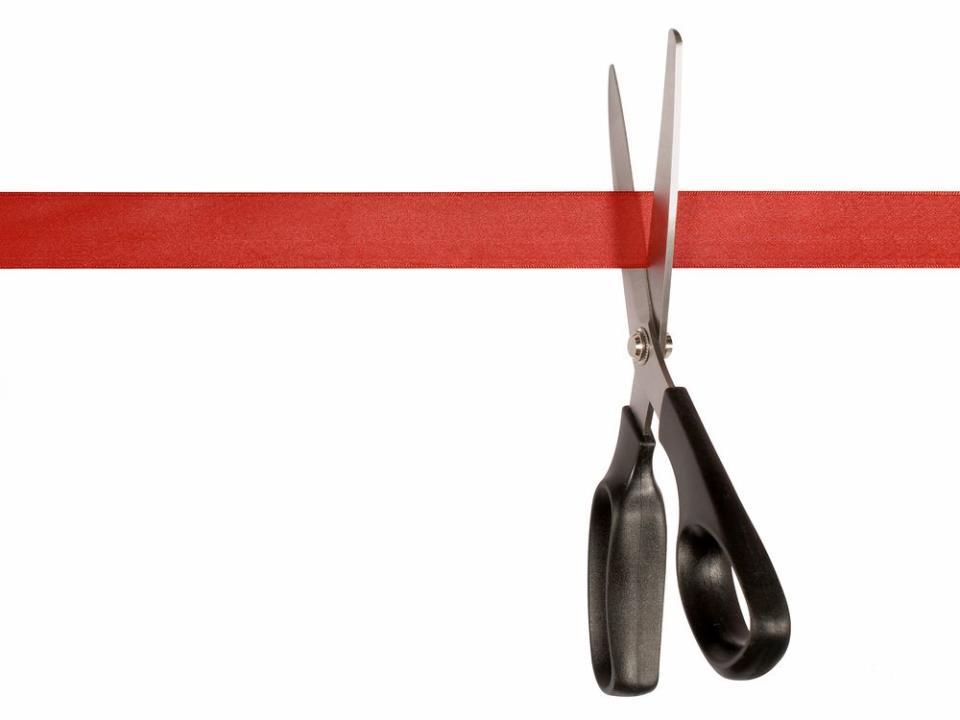Opinion: Red Tape Awareness Week starts Monday. Get your scissors ready!

Regulation affects all of us, for better and worse. But unlike its much higher-profile public policy siblings — government spending and taxes — regulation doesn’t get nearly enough attention. A dedicated push to change this reality could improve our quality of life in ways we might not even imagine. From increasing the odds of getting a doctor’s appointment to reducing the frustration while scouring uninformative, user-unfriendly government websites, regulatory modernization has far more potential than it’s usually given credit for.
A brighter spotlight on regulation could get us closer to the regulatory sweet spot where we are neither over- nor under-regulated and government rules deliver desired results while minimizing the wasted time and money, not to mention stress, for those both administering and complying with the rules.
Many regulations deliver value. No one wants to get rid of traffic lights or the requirement to wear a hard hat on a construction site. And there are clearly areas, such as driverless cars, that will need more regulation in the future. But there are regulations that make no sense at all — like forcing a rural business to build a short sidewalk when there are no sidewalks to connect to for miles or requiring a bowling alley to have a business licence for every lane.
Such overregulation is colloquially referred to as “red tape” and is associated with stacks of unnecessary forms, long lines, ridiculous delays, uncertainties in decision-making and generally poor government service. For example, last year 80 per cent of passport applicants experienced at least some frustration, according to a recent public opinion poll commissioned by the Canadian Federation of Independent Business (CFIB). In the same poll, many respondents reported waiting for hours in long lines. A quarter had to delay travel plans and five per cent were so desperate they paid someone else to stand in line for them.
Imagine the cursing and blood pressure spikes! This isn’t service. It’s dis-service and it undermines the trust between government and the people government is supposed to serve.
An unnerving question arises when dealing with a red-tape headache like a passport renewal gone terribly wrong: Peace, Order and … where has the Good Government gone? Only half the general public and a third of small-business owners think governments are doing a good job providing service, while over 90 per cent of both groups want governments to make it a high priority to reduce red tape and improve service delivery.
Nova Scotia’s leadership here is noteworthy. The province recognized red tape is plaguing its health-care system. In 2020, an innovative team that reports directly to the premier, the Office of Regulatory Affairs and Service Effectiveness, worked with provincial physicians to estimate the administrative burden doctors were dealing with and determine whether all of it was necessary. The results suggest that 62 per cent of the burden is in fact necessary — but 38 per cent is not. The province has set a target to reduce the unnecessary burden by 10 per cent, which would free up enough physician time to allow an astounding 150,000 patient visits annually.
As two recent emergency-room tragedies have shown, Nova Scotia’s health-care system is under great stress. Anything that can free up the time of overworked doctors and nurses so they can provide more and better patient care will pay substantial dividends.
Matthew Lau: Government monopoly in childcare is not progress
Bruce Pardy: ESG will kill capitalism, and freedom along with it
But the stress in the country’s health-care system is a national problem. Extrapolating the Nova Scotia numbers nationwide, a 10 per cent reduction in red tape for doctors is the equivalent of 5.5 million patient visits. That’s clearly worthy of attention.
Most public policy challenges — from health care availability to housing affordability — could benefit from regular aggressive review of whether reducing red tape could improve our chances of getting the outcomes we are looking for. This has always been true, but labour shortages and an aging population make it more important than ever. In a labour-constrained environment, wasting time on an unnecessary process becomes even more costly and frustrating, whether inside or outside government. And red tape is especially hard on seniors. No one of any age likes an unnecessarily complex form or long line, but our capacity to deal with this hardship is higher at age 40 than age 80.
Taxes and spending get a lot of scrutiny on a regular basis. The costs of excessive regulation are too often an afterthought, if even a thought at all. We need more measurement, more attention to service, and more initiatives like the one in Nova Scotia. It’s past time that regulation gets the attention it deserves.
Laura Jones is chief strategic officer at the Canadian Federation of Independent Business and creator of Canada’s Red Tape Awareness Week, which begins Monday.

 Yahoo Finance
Yahoo Finance 